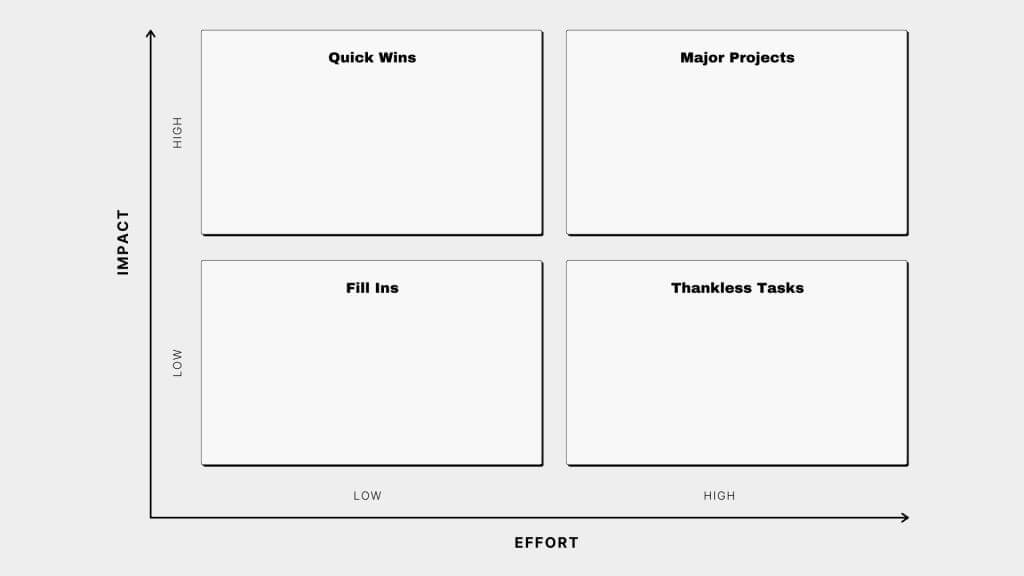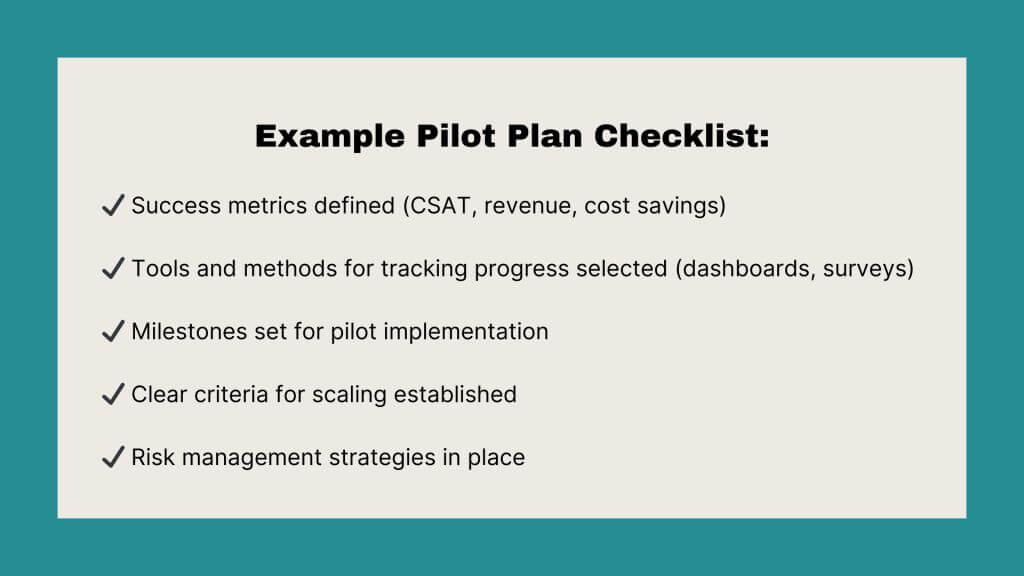The Problem: Why Most CX Efforts Fall Short
Many CX leaders struggle with the same challenge: “We know customer experience is critical, but we can’t seem to prove its value.”
Despite significant investments in customer experience programs, many organizations still can’t convert data into meaningful action. Dashboards overflow, data accumulates, and yet customer frustrations persist. Leadership starts questioning the ROI of CX initiatives.
The issue isn’t a lack of data—it’s knowing where to focus for maximum impact.
The solution? Focus on Value Force Multipliers (VFMs).
What Are Value Force Multipliers (VFMs)?
Value Force Multipliers (VFMs) are the high-impact actions that create outsized value for your business and customers. They’re the 20% of actions driving 80% of results—those often-overlooked opportunities where small, intentional fixes deliver exponential improvements.
Why Value Force Multipliers Matter
- Target Specific Pain Points — Focus on specific areas of friction rather than chasing vague customer satisfaction goals.
- Turn Data into Action — Act on insights quickly without endless analysis or debate.
- Deliver Business Impact — Produce measurable outcomes that matter to both customers and the business.
Examples of Value Force Multipliers in Action:
- Policy Update: A retailer revised its rigid return policy after repeated complaints, cutting negative feedback by 40%.
- Process Simplification: A travel company streamlined its check-in process, reducing wait times and boosting satisfaction by 20%.
- Agent Empowerment: A contact center equipped agents with better tools to handle recurring issues, reducing repeat calls by 30%.
How to Identify Potential Value Force Multipliers
Uncovering Value Force Multipliers doesn’t require expensive tools or lengthy projects. Follow these steps to find your most impactful CX opportunities:
Step 1: Identify Recurring Problems
Look at customer complaints, negative reviews, and operational breakdowns. Where do customers get stuck repeatedly?
Facilitation Tip:
- Ask: “What common frustrations do we hear most often?”
- Activity: Host a “pain point roundtable” with customer-facing teams to list common issues and rank them by frequency.
Step 2: Find the Root Cause
Avoid quick fixes. Ask why the problem keeps happening. If returns are high, is the product unclear? Is delivery unreliable?
Facilitation Tip:
- Use the 5 Whys Technique: Ask “Why?” five times to uncover the root cause.
- Ask: “What’s causing this issue behind the scenes?”
Step 3: Prioritize High-Impact, Low-Effort Fixes
Which problems could be solved quickly with existing resources? Start there. Small wins build momentum.
Facilitation Tip:
- Use a Action Priorities Matrix: Rank potential VFMs by effort and impact. Focus on quick wins (low-effort, high-impact changes) first.

Step 4: Test & Validate
Start with a pilot project in a specific area or team. Measure the results, and if it works, scale it company-wide.
Facilitation Tip:
- Ask: “How will we know this is working?”
- Create a Pilot Plan Checklist: Define success metrics, track progress, and set criteria for scaling.

Build the Right Team to Execute Value Force Multipliers
You can’t drive meaningful CX improvements alone. Assembling a cross-functional team ensures action and accountability.
Core Team Members:
- CX Lead — Owns the strategy and keeps the process moving.
- Data Analyst — Translates data into actionable insights.
- Frontline Managers — Validate problems and implement fixes.
- Operations Leader — Aligns CX efforts with overall business goals.
- Executive Sponsor — Removes roadblocks and champions the initiative.
Keys to Success:
- Weekly Check-ins: Keep the team aligned and accountable.
- Clear Ownership: Assign specific Value Force Multipliers to team members.
- Visible Wins: Regularly share progress and celebrate wins.
Facilitation Tip:
- Kickoff Question: “What does each team member need to succeed?”
- Use a Roles & Goals Worksheet to clarify responsibilities and success metrics.
How to Communicate the Impact of Value Force Multipliers
Once you’ve acted on your VFMs, make your success visible. Here’s how to build a compelling story:
1. Tie Value Force Multipliers to Business Outcomes:
Executives don’t care about generic CX scores—they care about financial impact. Frame your wins in terms of:
- Revenue Growth: “Simplifying the onboarding process increased customer renewals by 15%.”
- Cost Savings: “Reducing call transfers saved $100K annually.”
- Customer Loyalty: “Our NPS jumped 25 points after fixing our billing process.”
2. Use Before-and-After Data:
Show the measurable improvements driven by your VFMs. Use stats, trend analysis, and even customer testimonials to prove business value.
Facilitation Tip:
- Create a Results Snapshot Template: Quickly summarize wins and outcomes for executive briefings.
3. Share Internally & Externally:
- Internal: Use company meetings, team briefings, and email updates.
- External: Publish results through blogs, case studies, and customer success stories.
Take Action: Start Small but Start Now
Not sure where to begin? Ask these questions at your next team meeting:
- “What’s one customer complaint we could fix this month?”
- “What’s holding our team back from solving known issues?”
- “What would be the easiest, most visible win we could achieve right now?”
Value Force Multipliers break the cycle of endless analysis and unlock real impact. They’re your fastest path from data overload to business success.
Stop chasing every possible improvement. Start targeting what matters most. Identify your Value Force Multipliers, take decisive action, and turn CX from a vague concept into a measurable, competitive advantage.
Your next CX breakthrough is waiting. Go make it happen.
Justin Robbins is a keynote speaker, researcher, and business advisor who’s passionate about transforming customer interactions to drive measurable business outcomes. With over two decades of experience, Justin has helped organizations across industries turn their CX strategies into powerful engines for growth.



